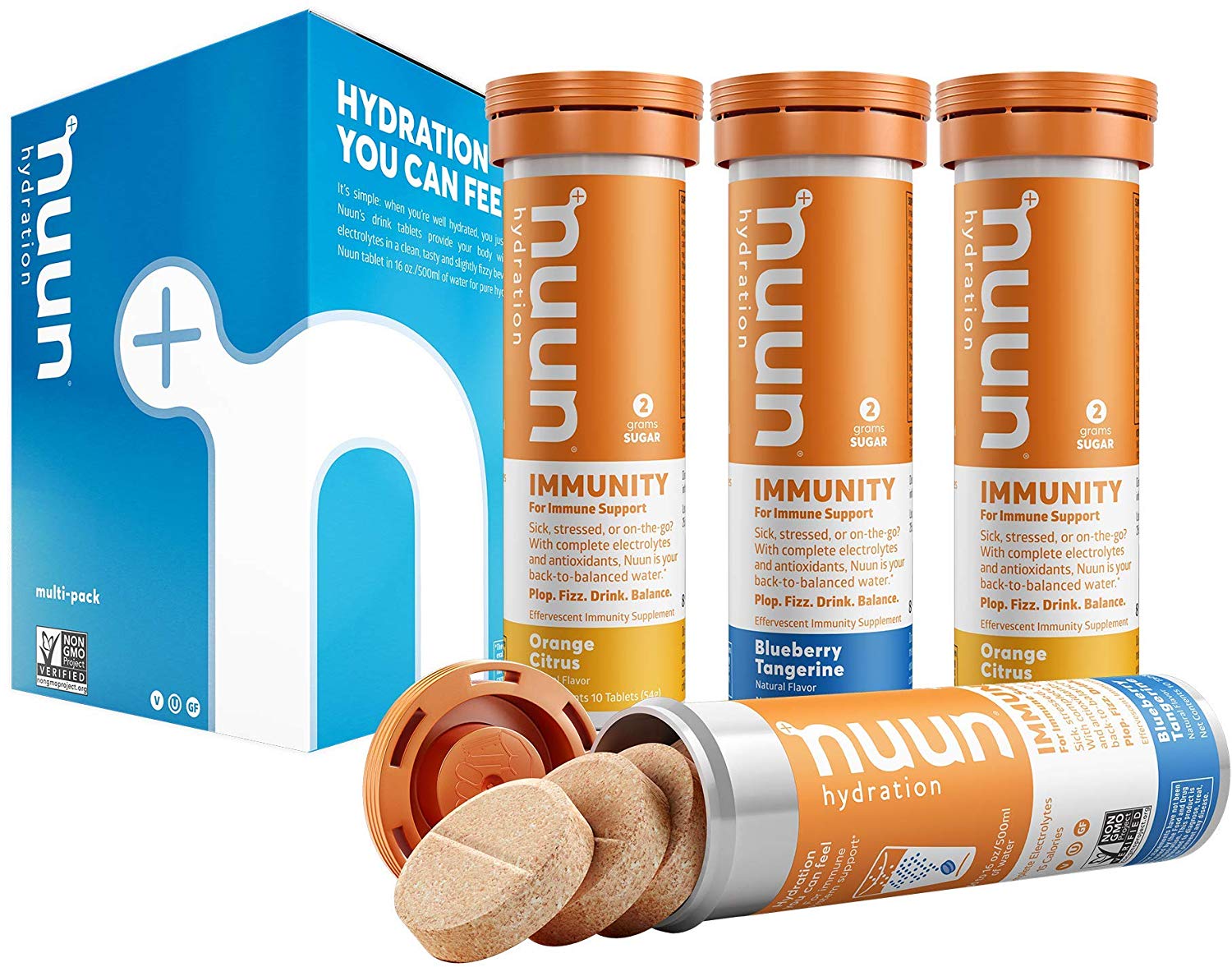One in five Americans is, at present, under strict instructions to stay home as Coronavirus continues to spread in many communities. Millions of residents are social distancing in an effort to comply with public health mandates. Many thousands of others are in self-quarantine because of known or suspected exposure to Covid-19.
There are many questions present. Chief among them: if I am requested to stay home, or if I am socially distancing just to be safe and to protect others, exactly what symptoms am I looking for? How can I self-monitor safely and when do I seek medical assistance?
- Make good use of telemedicine. Make sure to have a device on hand, and that you are comfortable using it. Ask someone for a Skype tutorial if you are not yet certain about how to use telemedicine. Many medical practices have shifted all medical appointments online and will treat online unless an in-person exam is deemed to be safe and/or necessary. If you are self-monitoring, call your own primary care physician (if you have one) for a consult. If you do not have a primary care physician, no problem whatsoever. Online platforms for telemedicine will provide accessible and reliable information. It is not necessary to have medical insurance to make use of them. Always make sure that if you have questions about any emergent symptoms that you reach out to the medical community for timely and informed answers.
- If you are self-monitoring, designate a safe space within your living quarters. If you are living with members of your family, do the best you can to segregate but treat your family members as if they are exposed and contagious. Make sure to continually wipe down surfaces with sanitizing materials. Wash your hands.
- Stratify your risk. If you suspect Covid-19 exposure, consider your overall health profile. Age is a big factor, particularly if you are over the age of 60. Do you have underlying health issues such as diabetes or cardiovascular disease? Make sure to track your symptoms and to factor any underlying medical conditions into the information you are providing your doctor. Even if you do not fall within an obvious risk group, you should still track and report symptoms such as cough, fatigue, fever, and shortness of breath. Make sure to log these symptoms. When did they begin? Track any fever and note duration. Make sure to have an accurate thermometer in the house. Anything over 100.4 degrees is a concern. When you confer with a doctor, make sure to share any symptoms and remind them of any underlying medical conditions that apply to you.
- Have an emergency plan. Remember that if you are self-isolating, that you must be strict about contact — there can be none. If you are isolating because of possible exposure, you must self-isolate for a minimum of 14 days. Make sure that you have an emergency plan in the statistically unlikely event that you need to make arrangements to receive in-patient hospital care.
- Ultimately, we will get through this. Seek medical attention when you feel it’s necessary. Reach out to your support services and remember that telemedicine also offers therapeutic applications in the event that you begin to experience anxiety. Anxiety is understandable given our current circumstances.
The long and short of it is this: yes, we need to socially distance. And we need to be strict about it. Social distancing and strict quarantine are the two most powerful weapons in our arsenal. If we employ these things well while also acting to help those most vulnerable in our communities, we will find our way through this.
Helpful Products
Give InKind does not provide medical advice, diagnosis, or treatment. We have an affiliate relationship with many of the advertisers on our site, and may receive a commission from any products purchased from links in this article. See Terms & Conditions.







